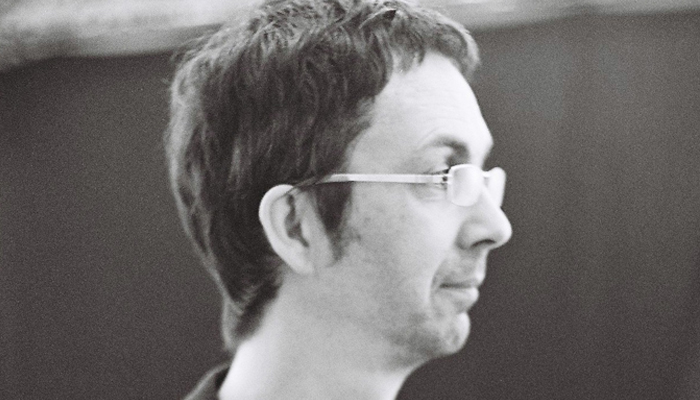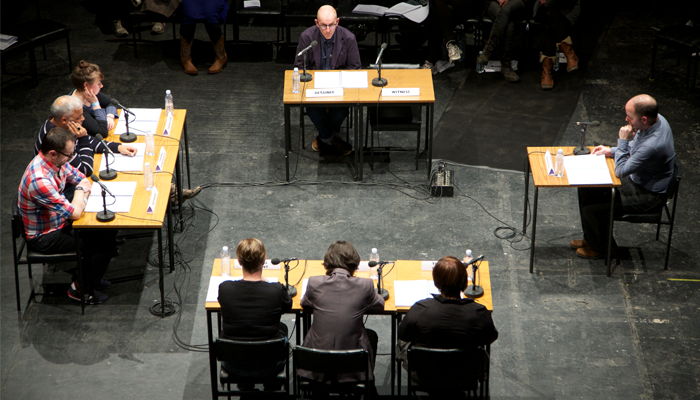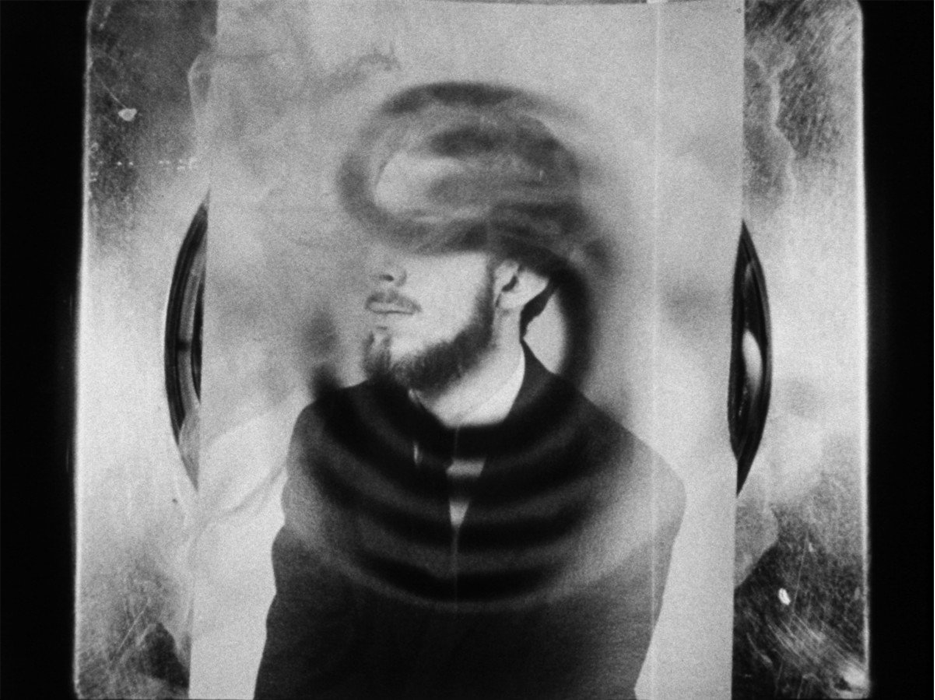Film Programme: Sets
Film Programme: Sets
A programme that looks at how sound and image can be treated as variants in a collection of ordered objects; at how to create meaning from the similar, and how to notice difference. German mathematician Cantor defined a set as a collection of objects of our intuition or thought, within a certain realm, taken as a whole. Each of the films in the programme explores different ways of navigating a set collection of experiences, reminiscences or actions.
P (60 seconds), Dir. Christof Migone, 2006, Canada, DVD, 1 min
“Starting January 18 2005 everytime I went to urinate I said ‘Pee’ at the same time into a tape recorder. P is a study in redundancy. One might say it is also a study in incontinence. I did this until I reached one thousand (149 days later, on June 15 2005).” (Christof Migone)
Twenty Five Sam Woodyards, Dir. Graham Dolphin, 2007, UK, DVD, 4 mins
Shifted repetition. An extended temporal structure applied to the beat of a drum allows new rhythms to be born.
Surround (360 objects), Dir. Christof Migone, 2006, Canada, DVD, 1 min
“Surround (360 objects)consists of three hundred and sixty revolutions of 360 degrees, each with a different household object. It is the first in a series of works investigating the redundancy of the circle.” (Christof Migone)
A-B-C-D-E-F=1-36, Dir. Ryszard Wasko, 1974, Poland, 16mm, 8 mins
A mysterious but rigorous structure is obviously paramount. A grid is scanned and sound is created, but what is the formula?
(nostalgia), Hollis Frampton, 1971, USA, 16mm, 36 mins
You’ll be synthesising the past, the present, the future all at the same time. Keep your wits about you. It’s a sophisticated yet simple example of how what is heard and what is seen can be contrasted to create a “chord”, a third temporal/ mental space. For all you need to know about this film see: Hollis Frampton (nostalgia), Rachel Moore, Afterall Books, 2006.
Mosaik Mécanique, Dir. Norbert Pfaffenbichler, 2007, Austria, 35mm, 9 mins 30 secs
The single frame nature of film experienced as an exploded diagram.
“All shots of the slapstick comedy A Film Johnnie (USA, 1914) are shown simultaneously in a symmetrical grid, one after the other. Each scene, from one cut to the next, from the first to the last frame, is looped. A pulsing visual polyrhythm is produced as a result, because of the shots’ varying lengths. The total length of the mosaic film corresponds precisely to that of the original.”Norbert Pfaffenbichler. Find out more about the film here.
Below are online links which you can use for reference. To see the films in their original glory, check with the distributor of the film for their terms and conditions.
Documentation
Artists

Christof Migone

